Outdoor vs. Indoor STATCOM: Key Differences & Considerations STATCOMs (Static Synchronous Compensators) can be installed in outdoor or indoor configurations, depending on the application, environmental conditions, and space availability. Below is a detailed comparison: 1. Outdoor STATCOM Applications: Transmission grid support (substations, weak grid areas). Renewable energy plants (wind/solar farms). Industrial facilities requiring dynamic voltage control. Design Features: ✔ Enclosure: Weatherproof (IP54 or higher) to resist rain, dust, and extreme temperatures. Corrosion-resistant (galvanized steel or aluminum). Ventilation/cooling designed for outdoor conditions (liquid cooling preferred for high-power units). ✔ Cooling System: Liquid-cooled (most common for >50 MVA due to better heat dissipation). Forced air cooling (for smaller STATCOMs, but requires dust filters). ✔ Installation Advantages: No need for a dedicated building (saves space & cost). Easier to integrate into existing substations. ✔ Challenges: Higher maintenance due to exposure to weather (dust, humidity, UV). May require heating systems in cold climates to prevent freezing (for liquid-cooled units). 2. Indoor STATCOM Applications: Industrial plants (steel mills, data centers, semiconductor fabs). Urban grid installations (limited space, noise restrictions). High-reliability environments (where outdoor conditions are harsh). Design Features: ✔ Enclosure: Standard IP32 (no need for full weatherproofing). Mounted in electrical rooms or containers. ✔ Cooling System: Air-cooled (common for <50 MVA, simpler maintenance). Liquid-cooled (if space is constrained but power is high). ✔ Installation Advantages: Longer lifespan (protected from weather, dust, and vandalism). Easier maintenance (controlled environment). Lower noise (important for urban installations). ✔ Challenges: Requires dedicated building/space, increasing cost. Ventilation/AC needed to avoid overheating.


 English
English français
français Deutsch
Deutsch español
español العربية
العربية 中文
中文
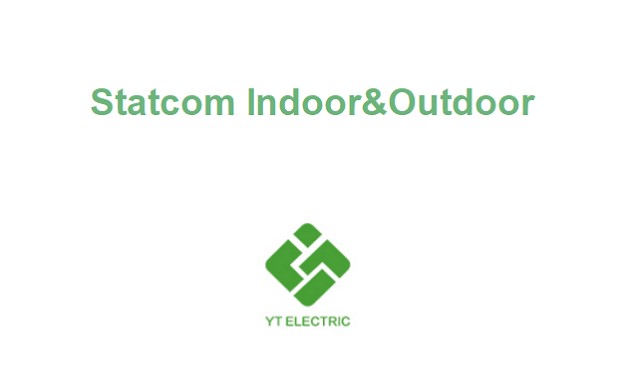
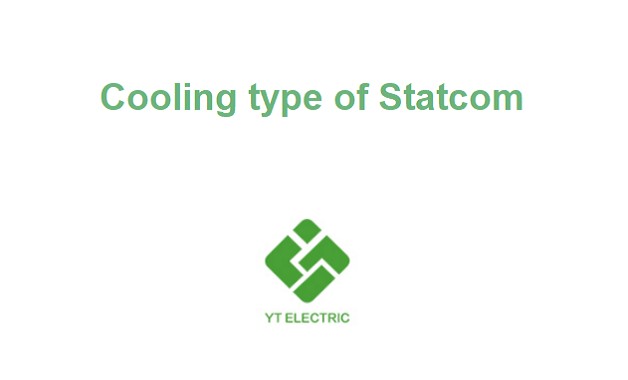
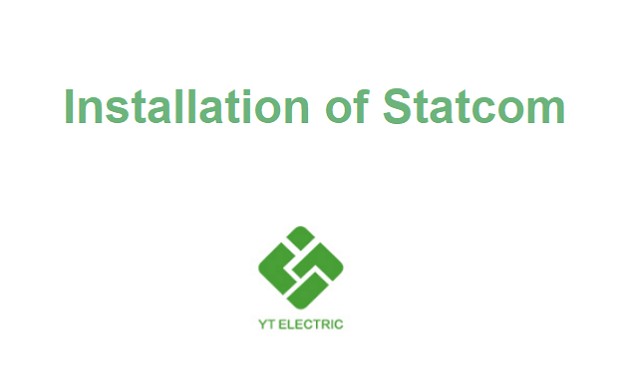
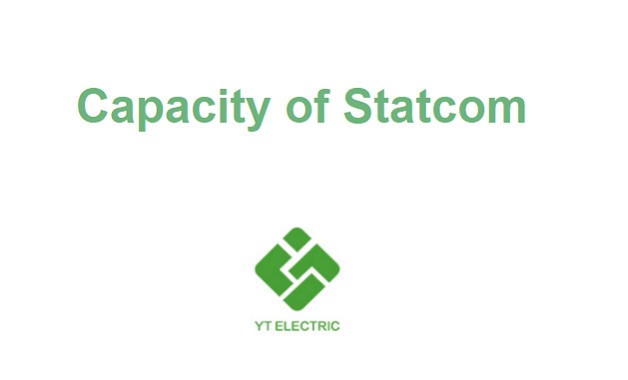
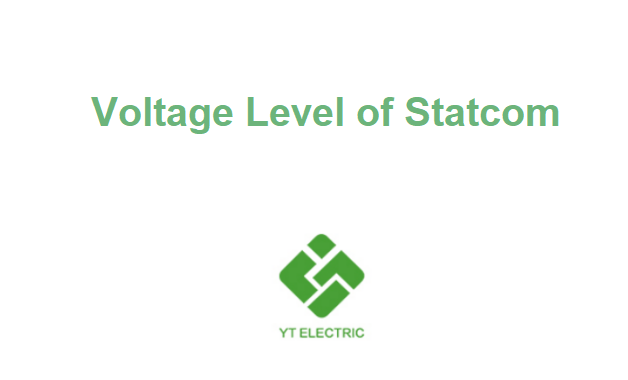
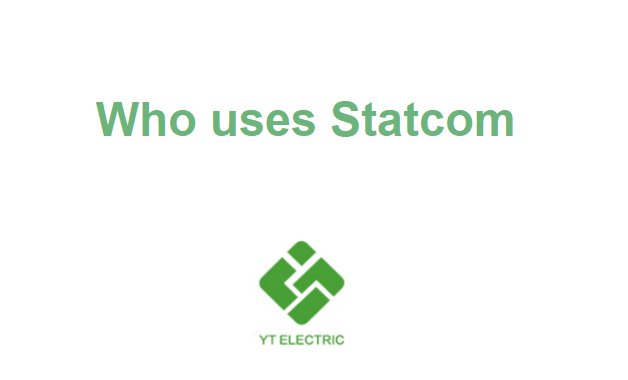
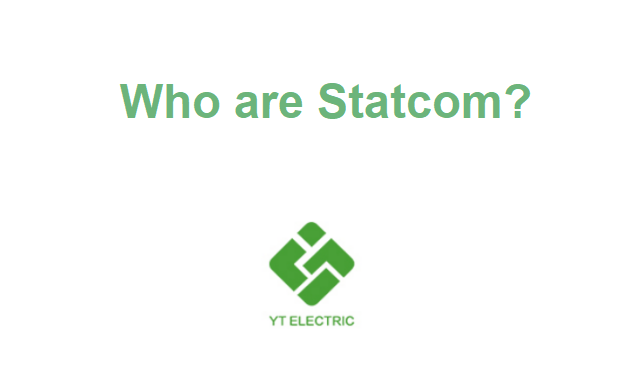

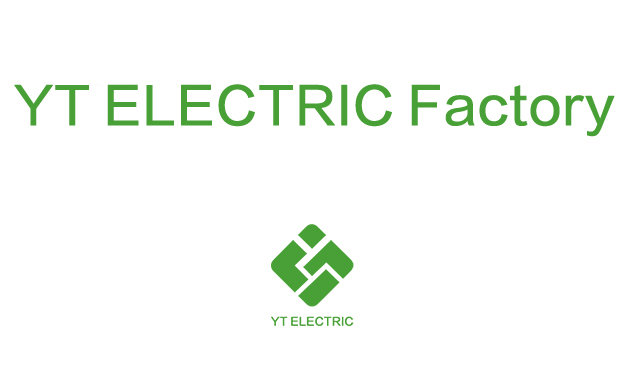







 IPv6 network supported
IPv6 network supported
